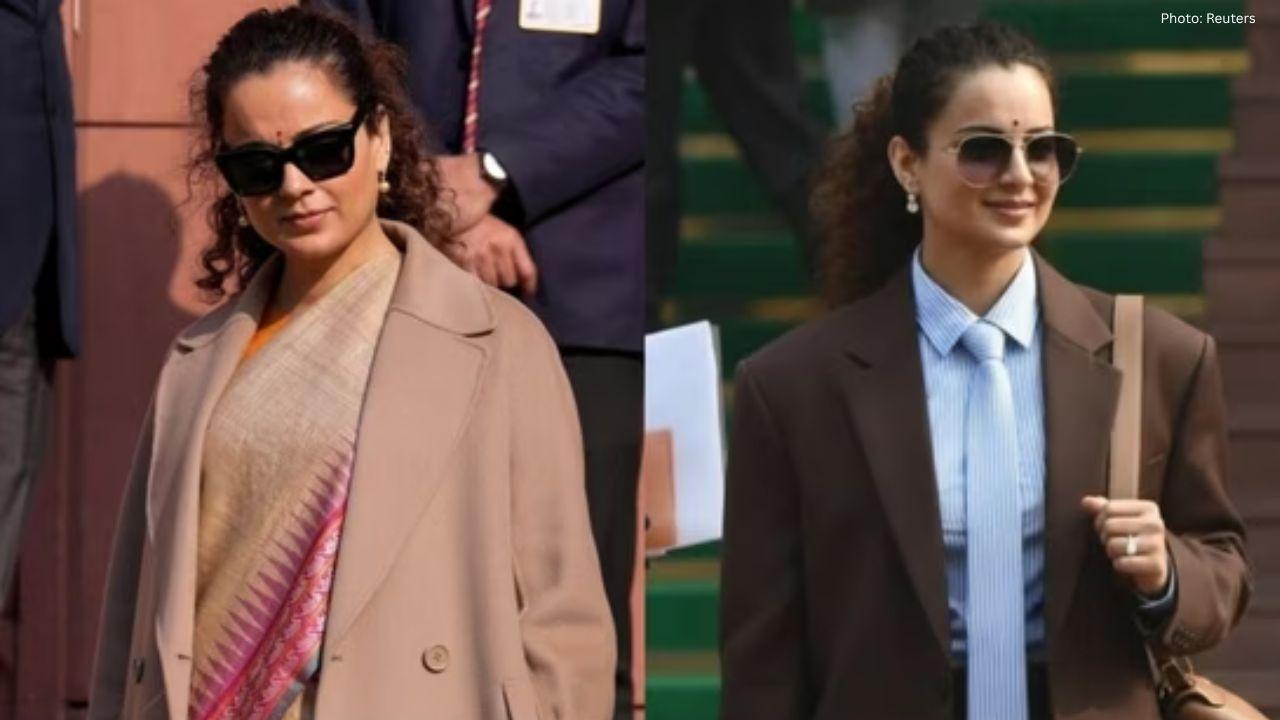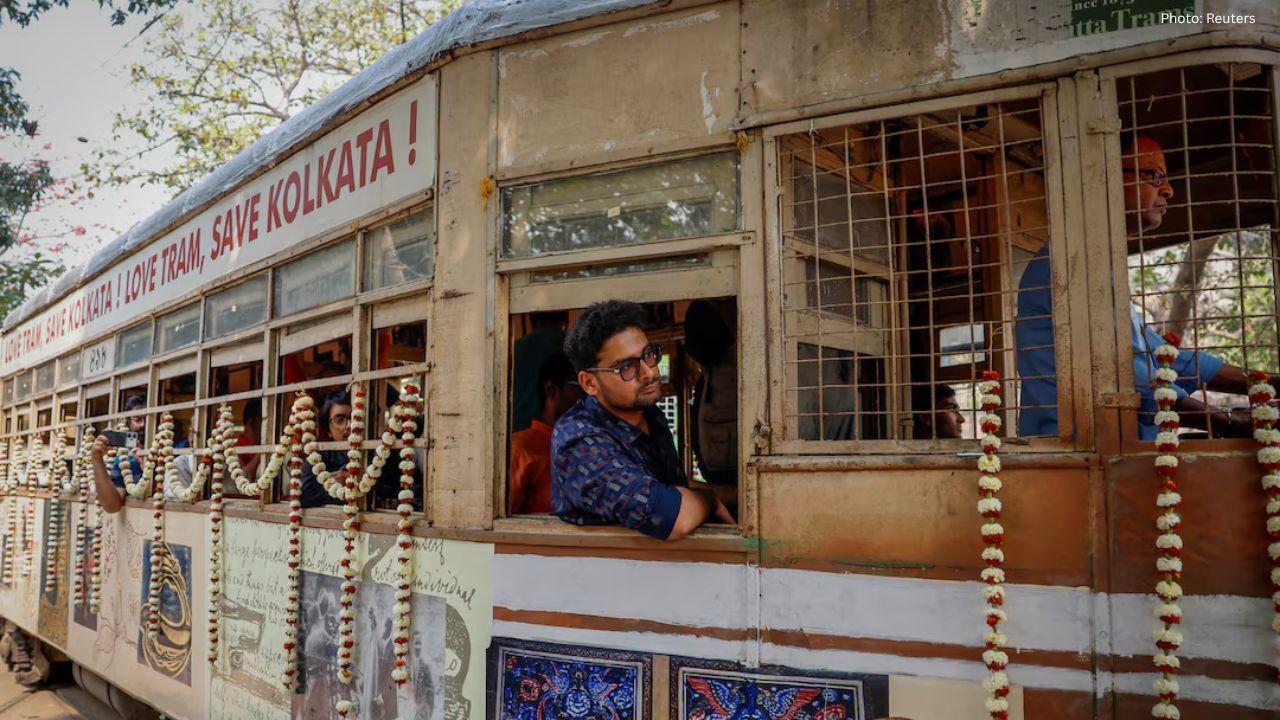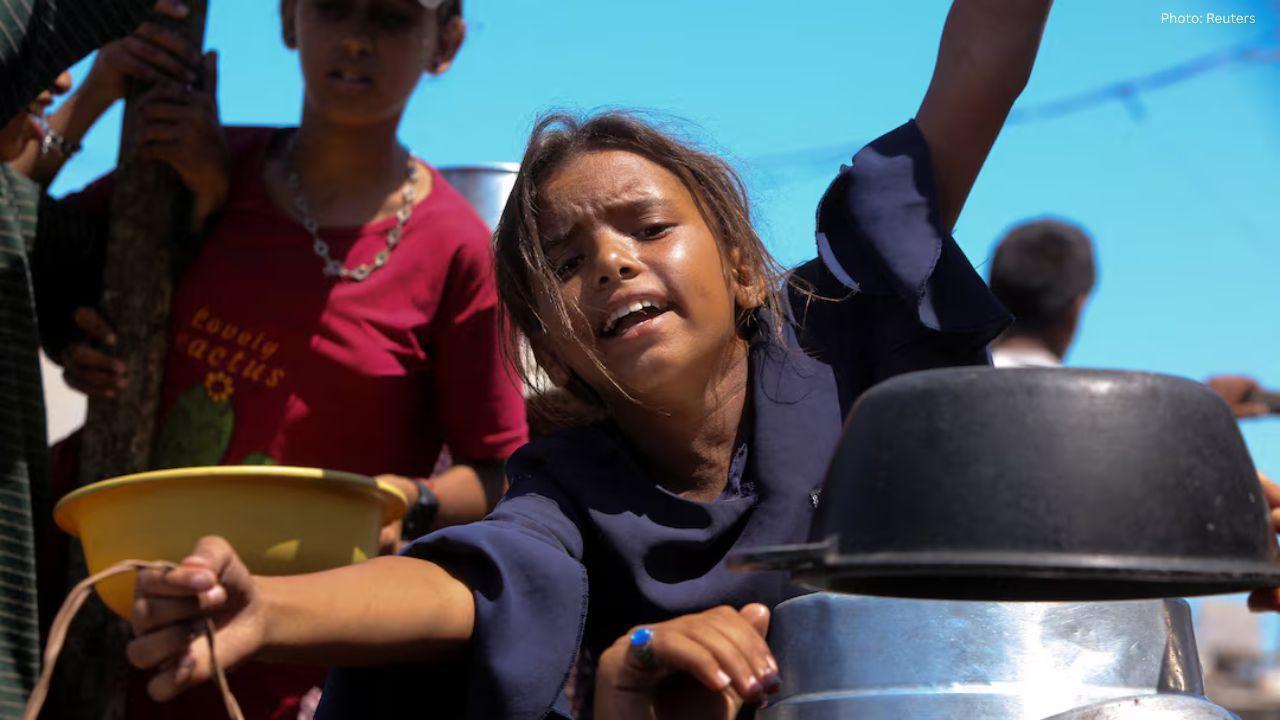You have not yet added any article to your bookmarks!

Join 10k+ people to get notified about new posts, news and tips.
Do not worry we don't spam!

Post by : Anis Farhan
India has unveiled its ambitious National Sports Policy 2025, a framework designed to transform the country’s sporting landscape. The policy aims to bridge the gap between grassroots participation and elite international performance. It emphasizes early talent identification, infrastructure upgrades in rural areas, athlete welfare, and global competitiveness. By focusing on inclusivity, accessibility, and long-term development, the initiative hopes to take India from being a cricket-centric nation to a global sporting powerhouse.
One of the central pillars of the policy is grassroots engagement. For decades, India’s sporting success has been limited by its dependence on a few urban centers with better facilities. The new policy intends to change this by ensuring that every child, regardless of where they live, has access to structured sporting opportunities.
The government plans to set up sports academies across districts, particularly in villages where hidden talent often goes unnoticed. Physical education will be restructured in schools to make sports a daily activity rather than an occasional extracurricular. Special attention will be paid to tribal and rural regions, where indigenous games and raw athletic skills provide a rich base for talent scouting.
Sports infrastructure in India has often been criticized for being concentrated in big cities. The 2025 policy outlines a comprehensive plan to take modern facilities to smaller towns and villages. This includes building training centers, multi-purpose stadiums, fitness zones, and even community-level courts and fields.
The policy highlights a model where schools and community organizations collaborate to maintain and operate these facilities. Such shared responsibility ensures that infrastructure is not abandoned after construction but remains in active use. Importantly, this decentralization will allow rural athletes to train close to home instead of migrating to far-off cities, reducing dropout rates.
The policy recognizes that India has long lacked a systematic approach to spotting talent early. To overcome this, a nationwide scouting program will be launched in collaboration with schools, colleges, and local clubs. Data-driven tools, performance analytics, and physical fitness benchmarks will be integrated into the scouting process.
Once identified, promising athletes will be supported with personalized training, mentorship programs, and scholarship schemes. The idea is to provide a full pathway from school-level tournaments to state, national, and international competitions. By creating a “sporting pipeline,” India hopes to ensure that no athlete with potential slips through the cracks.
Athlete development cannot succeed without skilled coaches. The policy includes a strong emphasis on upgrading the skills of coaches, trainers, and sports scientists. Training programs, international exchange opportunities, and digital learning modules will be introduced to raise standards across disciplines.
Furthermore, the government plans to incentivize former athletes to become coaches, ensuring that experience and practical knowledge are passed on to the next generation. Special certification programs will also be established, making coaching a respected and rewarding profession in India.
Financial insecurity has often forced many athletes in India to abandon their sporting dreams. The National Sports Policy 2025 addresses this concern by promising structured stipends, sponsorship opportunities, and insurance coverage for athletes. Career counseling and post-retirement support will also be introduced to help athletes transition smoothly into life beyond competition.
Additionally, the policy seeks to provide equal financial support to female athletes, ensuring gender inclusivity and tackling the disparity that has historically existed in sports funding.
Another unique aspect of the policy is its recognition of indigenous and traditional Indian sports. Disciplines like kabaddi, kho-kho, wrestling, and archery, which have deep cultural roots, will be promoted both nationally and internationally. This not only preserves cultural heritage but also offers more sporting avenues for rural athletes who have grown up playing these games.
The aim is to elevate these sports with proper rules, facilities, and international tournaments, giving them a global platform and offering athletes additional opportunities to shine.
The ultimate benchmark of sporting excellence remains the Olympics. India has long aspired to move beyond a handful of medals at each edition. The 2025 policy sets clear targets to boost India’s medal tally by investing heavily in Olympic disciplines.
Dedicated Olympic training centers with world-class facilities will be established. Athletes preparing for the Games will be provided with advanced coaching, nutrition programs, and international exposure through global competitions. The policy also seeks to bring in international expertise while retaining Indian identity in training systems.
By focusing on high-performance sports, the government envisions India becoming a consistent medal-winning nation by the 2032 and 2036 Olympics.
One of the challenges India faces is the cultural perception of sports. For many families, sports have been seen as a hobby rather than a career. The National Sports Policy seeks to change this mindset by integrating sports into the mainstream education and employment system.
Scholarships, job reservations for athletes, and skill-based programs will encourage parents to see sports as a viable profession. Moreover, media campaigns will highlight stories of athletes from small towns who rose to global fame, inspiring others to pursue their passion without hesitation.
The new policy also embraces technology in sports development. Performance tracking apps, wearable devices, artificial intelligence analytics, and video-based learning will be made accessible to athletes and coaches. This digital leap will enable precise monitoring of progress and injury prevention.
India also plans to establish partnerships with tech firms and universities to develop innovative sports solutions. From biomechanics labs to virtual reality training, the future of Indian sports will be deeply intertwined with science and data.
The most transformative impact of the National Sports Policy 2025 will likely be on rural youth. Sports can become a channel for empowerment, discipline, and self-confidence, particularly in underprivileged areas. The policy envisions sports as a tool for social inclusion, bridging divides of caste, gender, and economic class.
By creating equal access, it provides rural children with the same opportunities as urban youth. This inclusivity could redefine India’s sports narrative, making it not just about elite athletes but about a culture where every child has the chance to dream.
The policy also emphasizes India’s ambition to position itself as a global sports hub. By hosting international tournaments, partnering with foreign federations, and investing in sports diplomacy, India seeks to enhance its global influence.
Collaborations with countries that have strong sports ecosystems, such as the USA, Australia, and Japan, will provide valuable knowledge exchange. Hosting major sporting events in India will also inspire young athletes and bring world-class exposure to domestic fans.
While the National Sports Policy 2025 is visionary, its success will depend on execution. India has witnessed several ambitious policies in the past that struggled due to bureaucracy, lack of funding, and poor implementation. Ensuring accountability, transparency, and long-term commitment will be crucial.
Moreover, balancing urban and rural priorities, avoiding corruption in sports federations, and addressing regional disparities will require consistent monitoring. Without sustained effort, the policy risks becoming another unfulfilled promise.
The National Sports Policy 2025 has the potential to redefine India’s sporting destiny. By giving equal weight to grassroots and elite development, integrating technology, and promoting inclusivity, it creates a holistic approach rarely seen before in the country.
If implemented effectively, the policy could lead to a cultural transformation where sports become a way of life, not just a career choice for a select few. For the first time, children from remote villages could see a clear pathway from playing in dusty fields to standing on the Olympic podium.
This vision, if realized, will not only bring medals but also instill a deeper sense of pride, unity, and global recognition for India as a true sporting nation.
This article is written for informational purposes only and reflects current policy announcements and projections. The effectiveness of the National Sports Policy 2025 will depend on its execution, and outcomes may vary based on government actions and stakeholder participation.










Two Telangana Women Die in California Road Accident, Families Seek Help
Two Telangana women pursuing Master's in the US died in a tragic California crash. Families urge gov

Ranveer Singh’s Dhurandhar Roars Past ₹1100 Cr Worldwide
Ranveer Singh’s Dhurandhar stays unstoppable in week four, crossing ₹1100 crore globally and overtak

Asian Stocks Surge as Dollar Dips, Silver Hits $80 Amid Rate Cut Hopes
Asian markets rally to six-week highs while silver breaks $80, driven by Federal Reserve rate cut ex

Balendra Shah Joins Rastriya Swatantra Party Ahead of Nepal Polls
Kathmandu Mayor Balendra Shah allies with Rastriya Swatantra Party, led by Rabi Lamichhane, to chall

Australia launches review of law enforcement after Bondi shooting
Australia begins an independent review of law enforcement actions and laws after the Bondi mass shoo

Akshaye Khanna exits Drishyam 3; Jaideep Ahlawat steps in fast
Producer confirms Jaideep Ahlawat replaces Akshaye Khanna in Drishyam 3 after actor’s sudden exit ov